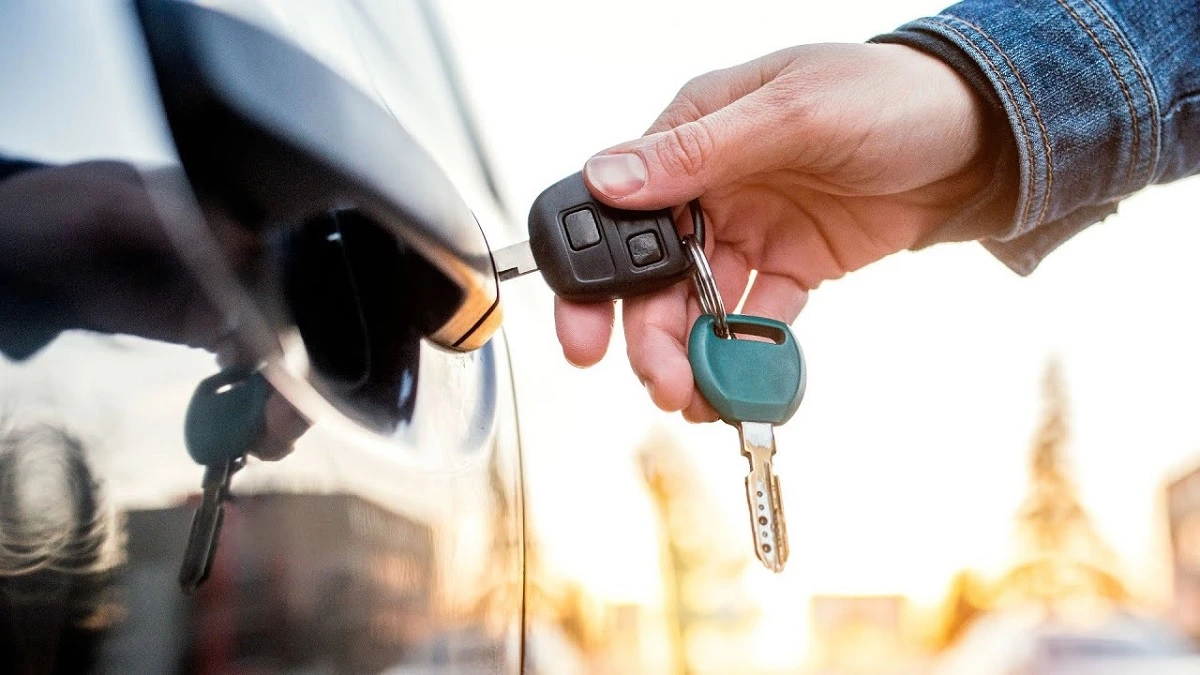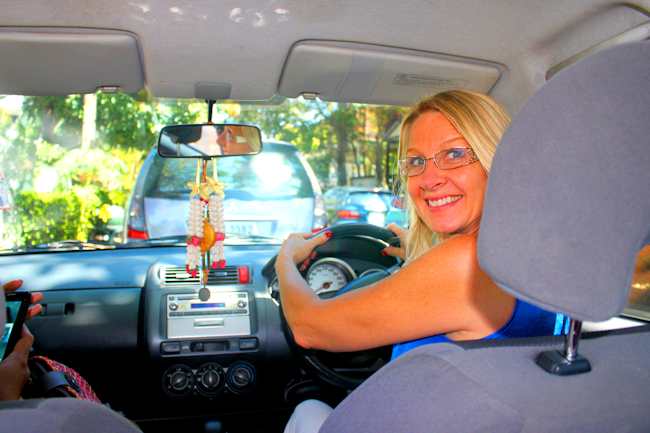Foreigners can drive in Thailand by adhering to specific regulations, including having the necessary documentation. An International Driving Permit (IDP) is typically required. Ensure your IDP is valid before arrival to avoid complications.
Also, in Thailand, the steering wheel is on the right hand side of the car. Controls may be opposite from what you are use to.
Before embarking out, understand 100% which side the road you should be driving on!
Necessary documents
- International Driving Permit (IDP): Valid for one year, it translates your home licence.
- Home Country Driving Licence: Use if it’s in English; otherwise, accompany it with a Thai translation.
- Thai Driving License: For stays longer than a year, acquire a Thai license. You’ll need a medical certificate, vision and color blindness tests, a driver’s education class, and written and practical tests. Bring a valid visa and proof of residency.
Insurance requirements
- Third-Party Insurance: Mandatory for all vehicles. Covers damages to others in an accident.
- Comprehensive Insurance: Optional but recommended. Provides broader coverage, including theft, fire, and personal accidents.
- Car Rental Insurance: If renting a car, ensure the rental includes adequate insurance. Read the fine print to know what’s covered.
- Some major credit cards will provide insurance for rental cars, make sure you understand how you will be covered.
Temporary driving permit
Thailand offers temporary driving permits for short-term stays:
- Validity: Up to three months.
- Requirements: Submit passport, visa, and international driving permit.
- Application: Processed at local Department of Land Transport offices. Efficient and convenient for tourist.
Driving in Thailand requires understanding these regulations. Assemble the necessary documents, insurance, and permits to enjoy a trouble-free journey.
Renting a car in Thailand

Renting a car in Thailand grants flexibility and convenience for exploring diverse regions at your own pace. Ensure you understand the requirements and costs before finalizing your rental agreement.
Understand the requirements of driving in Thailand on the opposite side of the road.
Understand defensive driving. Thai drivers are not known to be professional drivers and you always have to be alert and on the look out!
Requirements for renting
To rent a car, most rental companies mandate the following documents:
- A valid drivers license from your home country.
- An international driving permit (IDP).
- A passport with a valid visa.
Individuals must be at least 21 years old, although some agencies specify 23 as the minimum age. A credit card in the driver’s name is generally required for the security deposit and rental charges.
Rental costs and insurance
Rental costs in Thailand vary based on the vehicle type, duration, and season. On average, renting a compact car starts at THB 800 per day. Premium vehicle rentals can exceed THB 3,000 per day during peak season.
Insurance coverage is crucial. Basic third-party insurance is typically included, but comprehensive insurance is recommended. This covers theft, damage, and accidents. Ensure the policy details and excess amounts (deductibles) are clear.
Rental agreement tips
- Understand Terms and Conditions: Read the rental agreement carefully to understand policies regarding fuel refills, mileage limits, and insurance coverage.
- Return Policies: Make sure to return the car on time to avoid additional fees; check if there are any specific instructions regarding fuel levels upon return.
- Emergency Assistance: Inquire about roadside assistance options provided by the rental company in case of breakdowns or accidents.
In Thailand, driving regulations are governed by the Road Traffic Act, which outlines essential rules for all motorists. One of the primary rules is that drivers must drive on the left side of the road, a practice stemming from British influence. It is mandatory for all drivers to have a valid driver’s license at all times, and for foreigners, an International Driving Permit (IDP) is highly recommended to accompany their home country license. Seatbelt use is compulsory for all passengers, and children under six must be secured in appropriate child seats.
The speed limit may vary according to the area
| Area Type | Speed Limit (km/h) |
|---|---|
| Urban Areas | 80 |
| Rural Roads | 90 – 120 |
| Highways | Up to 120 |
Driving under the influence of alcohol is strictly regulated, with a legal blood alcohol limit of 0.05%. Penalties for violations can be severe, including hefty fines and potential imprisonment.
Additionally, it’s important to note that traffic conditions can be chaotic, particularly in urban areas where congestion is common. Defensive driving and awareness of local driving customs are crucial for safety. Overall, understanding these rules can help ensure a safe and enjoyable driving experience in Thailand.


